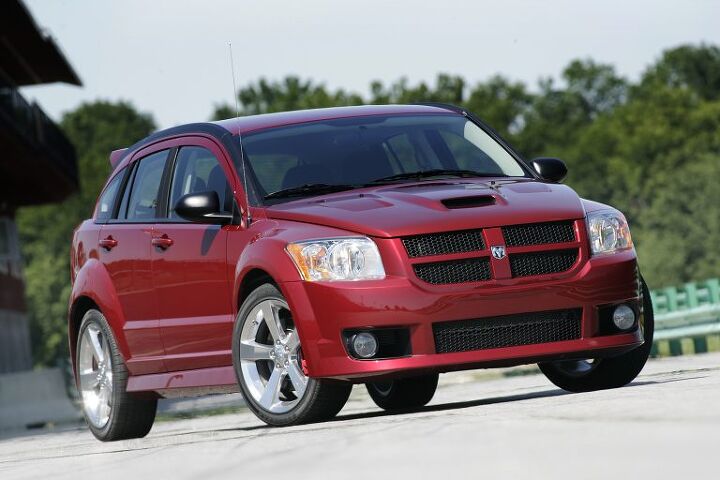#Rear
Piston Slap: High Caliber Aftermarket Stoppers?
John writes:
Hi Sajeev,
I’ve had a 2009 Dodge Caliber SRT4 for a few years and it’s coming up to its first all-around brake job at 50,000 miles / 80,000 km (I drive like a granny). I work at a dealership (different brand) but can get parts at a bit of a discount. Still, OEM brakes + pads on this thing are $980+tax Canadian. From what I’ve seen I can get aftermarket ones for a quarter of that. One of the mechanics here suggests I put on OEM pads and aftermarket discs.
Piston Slap: Mali-blewin' Over Tight Panther Legroom?
Joshua writes:
I am coming out of the throes of a mid-life crisis that caused me to replace a workable Mazda 5 several years ago with a sleek-looking Honda Civic coupe. Now that my boys are getting older, rear space room in the Honda is starting to become an issue, so I am looking to trade off the Honda for something with lots of rear seat space for hauling around the family, friends and clients.
After doing research, the two most viable candidates seem to be a 2012 Chevy Malibu LTZ with a V6 or a 2011 Crown Vic. Both would be about the same cost — $14 to 15k — and both would have about the same mileage — 35k. The last gen Malibu seems to be the only mid-sized sedan in my price range that actually has rear seat leg room sufficient for a 6 foot tall adult. It has more room than the last gen Impala, which I had originally looked at, but ruled out once I sat in the back of one with my knees jammed into seat back.
















Recent Comments